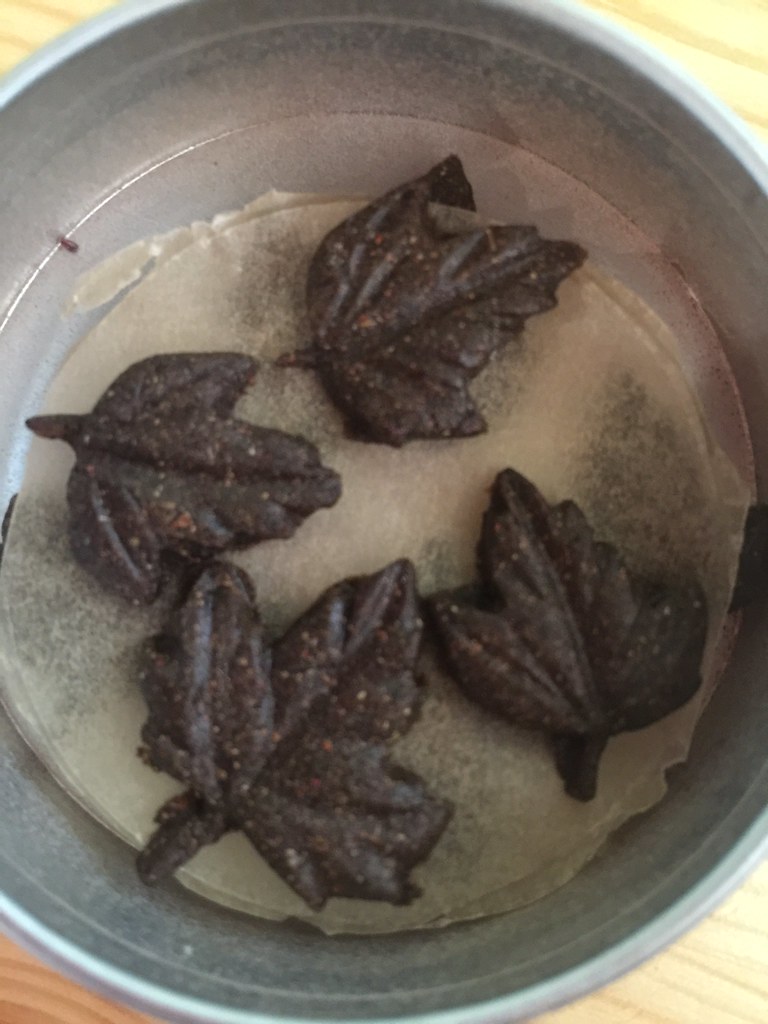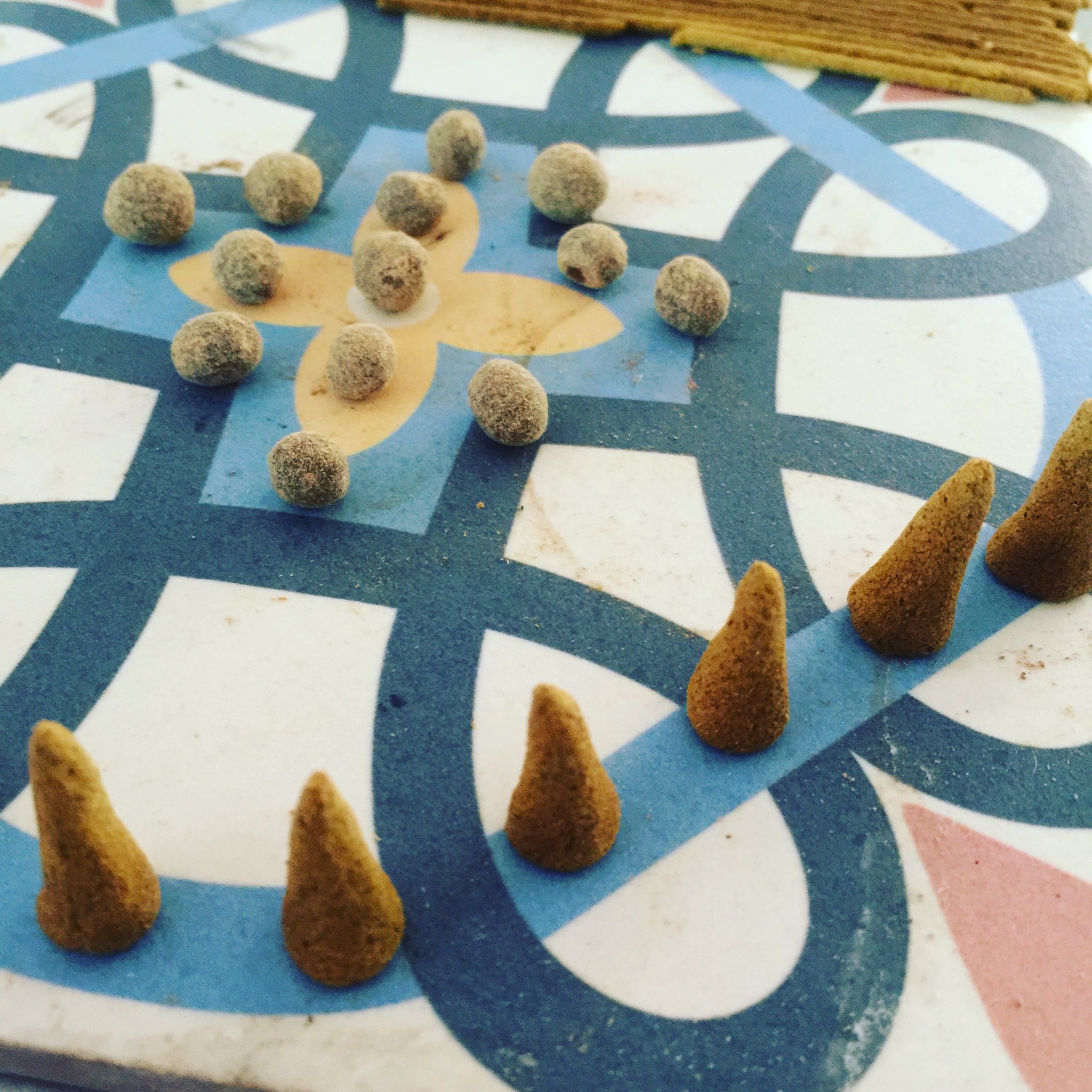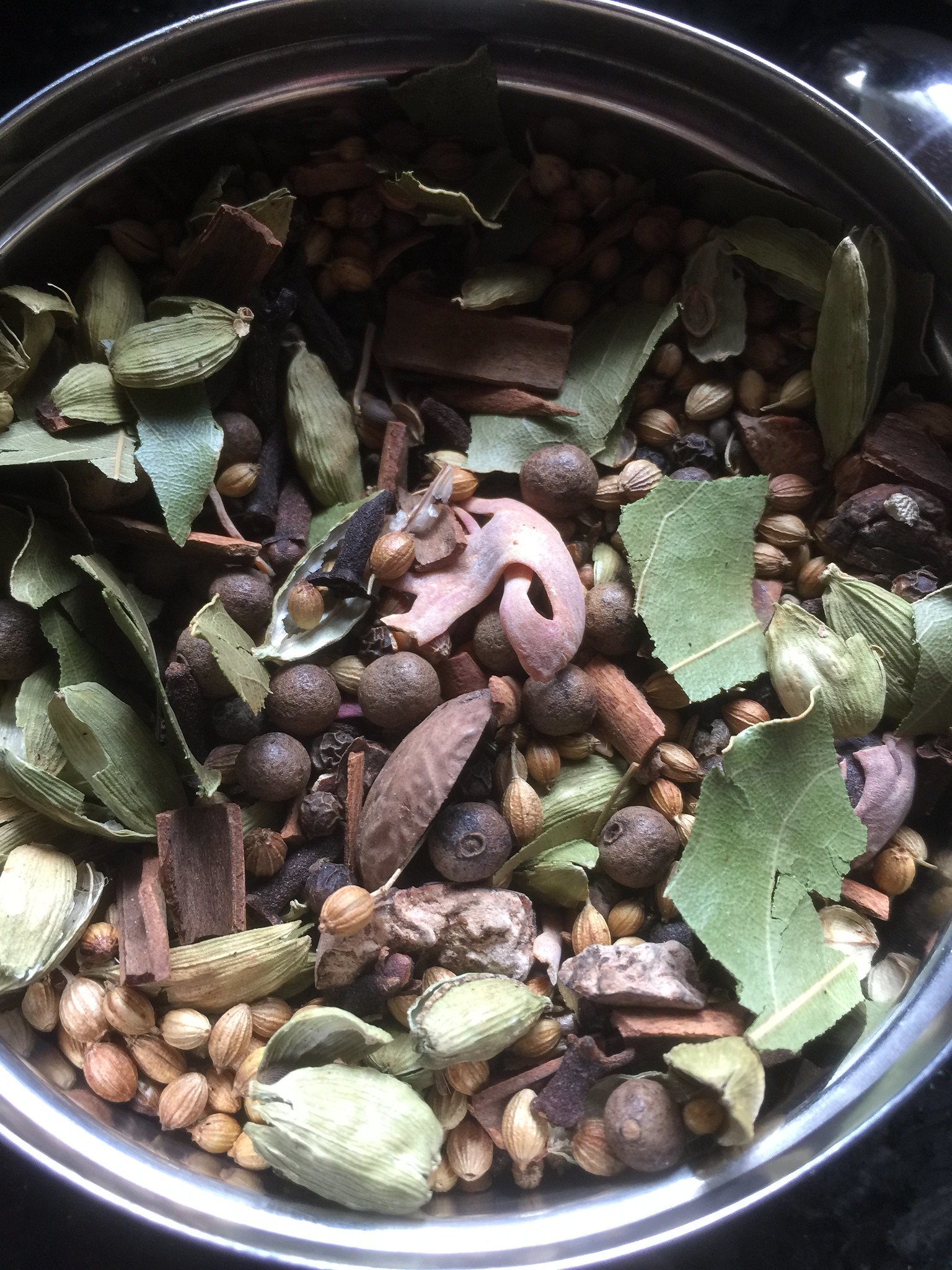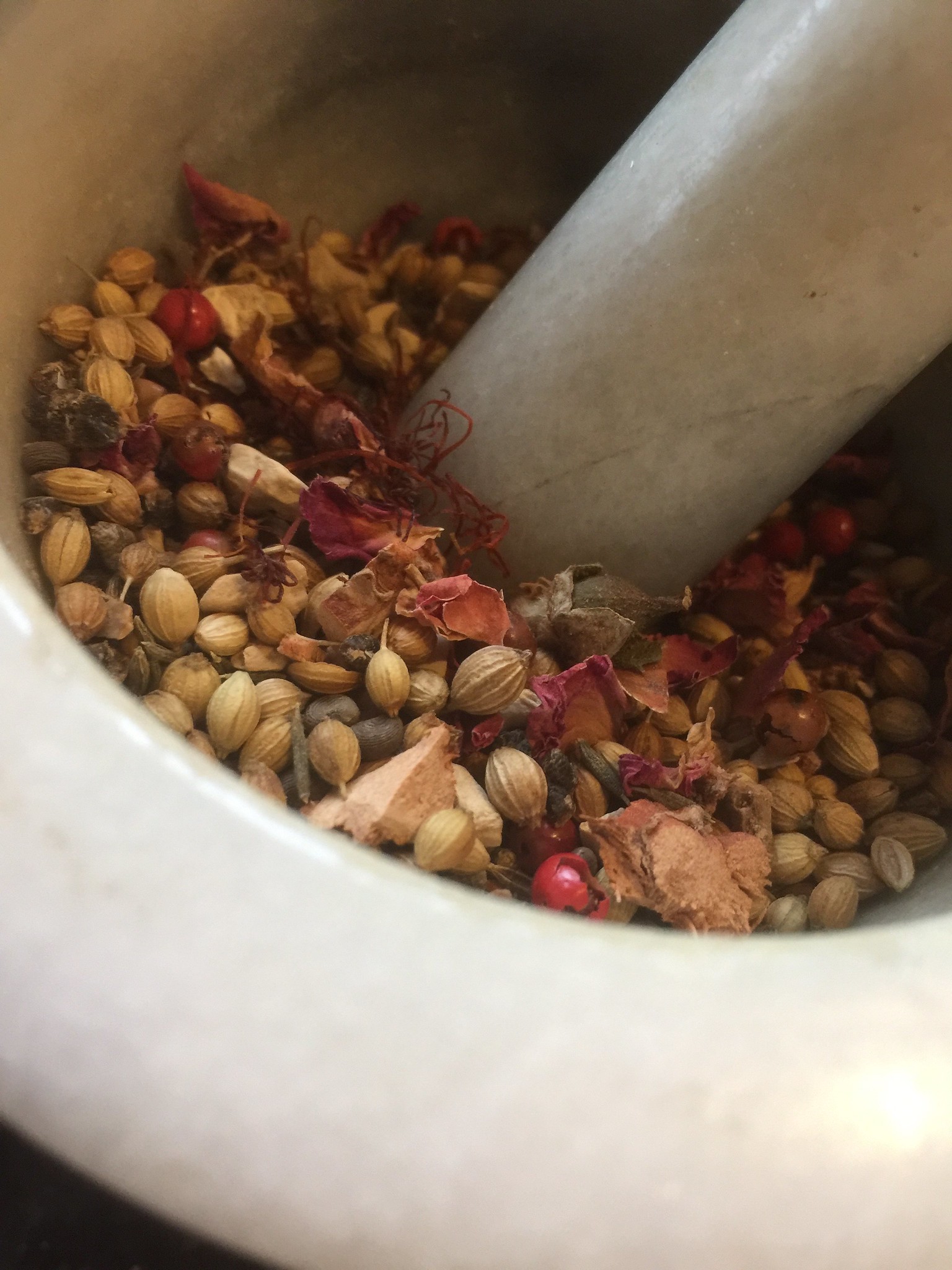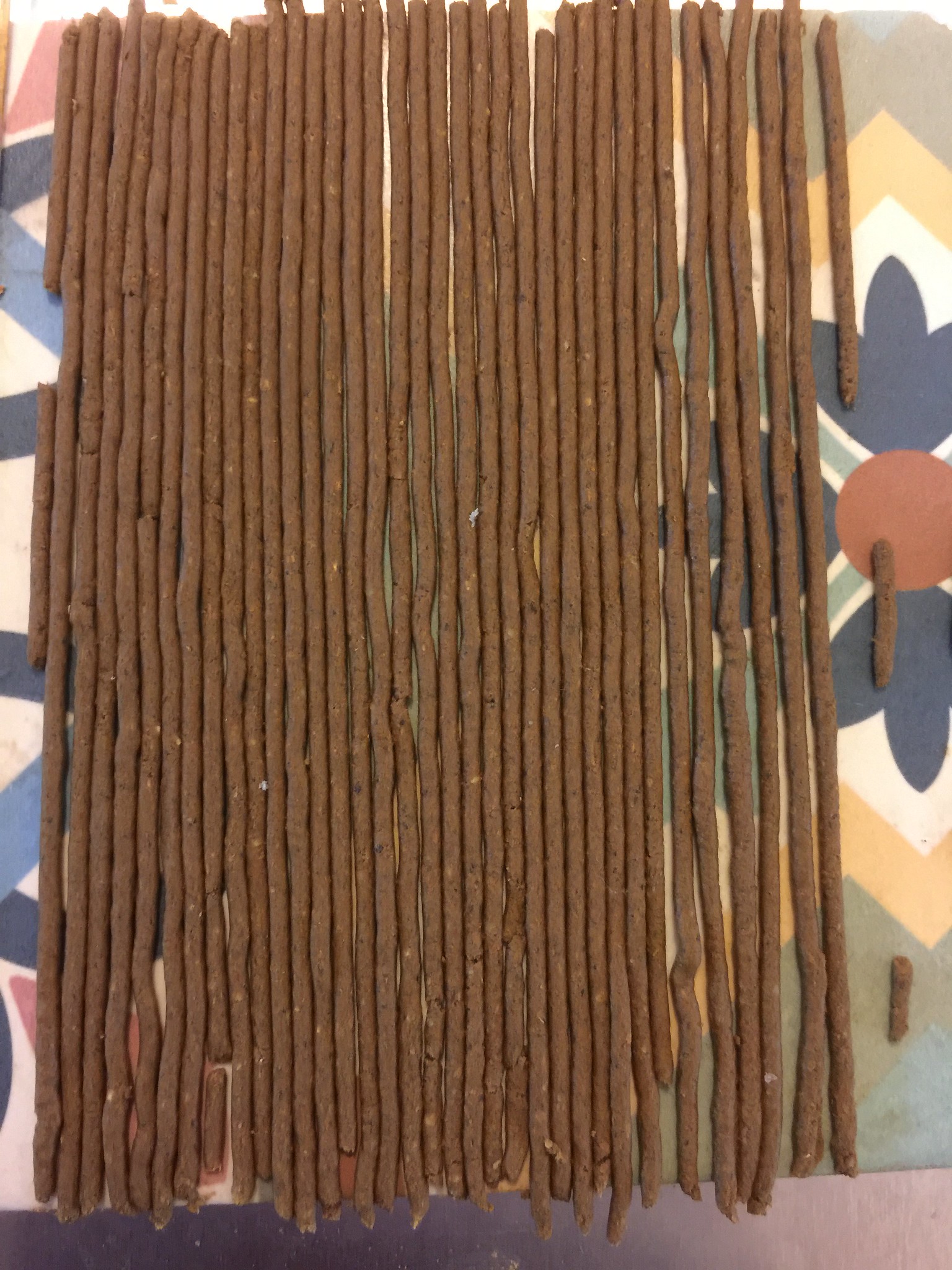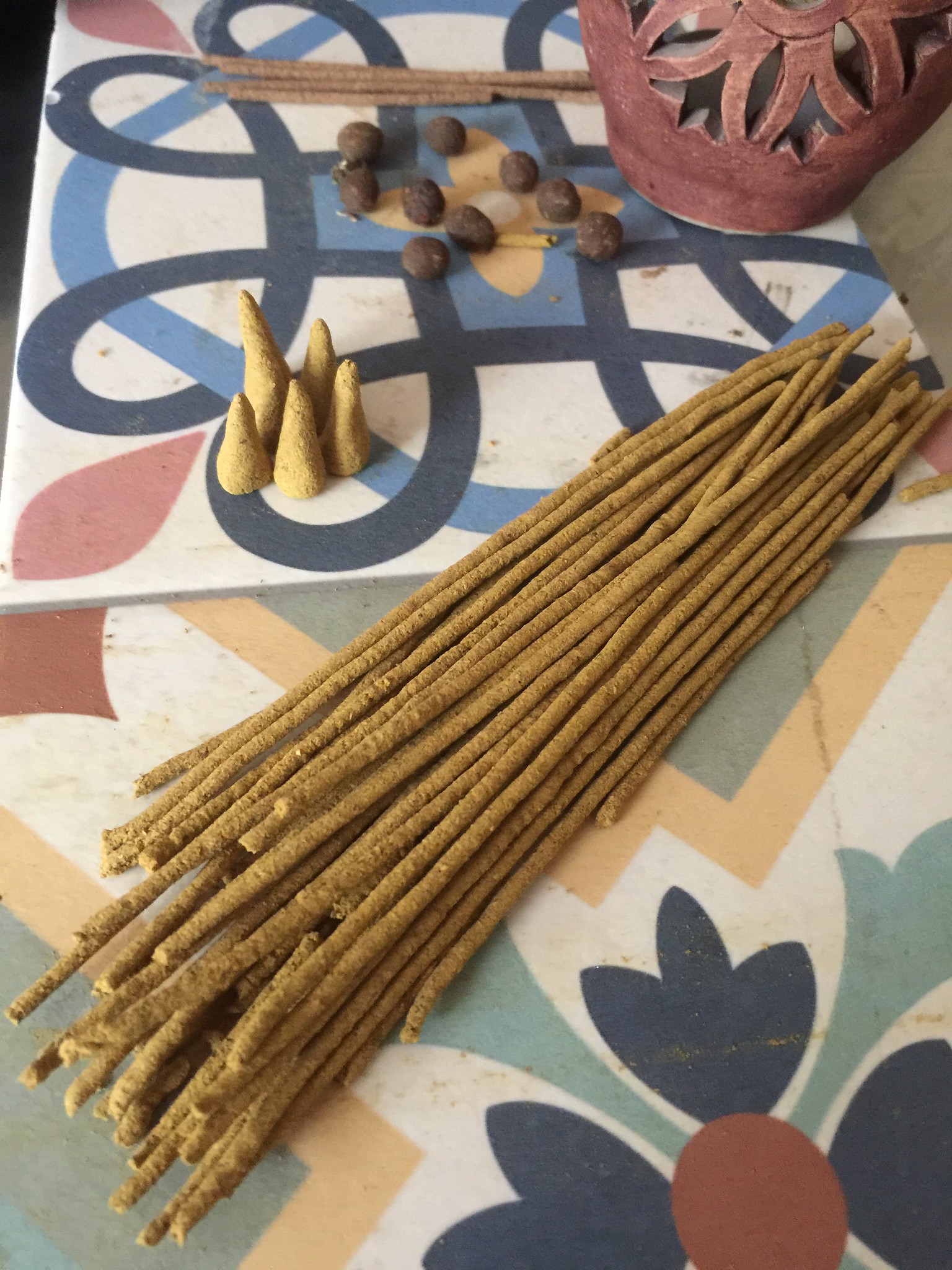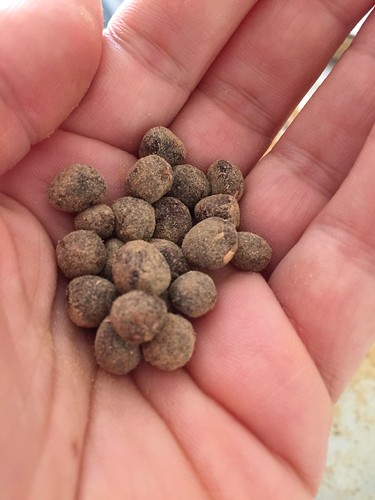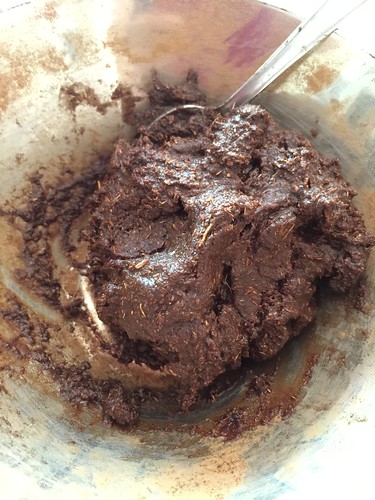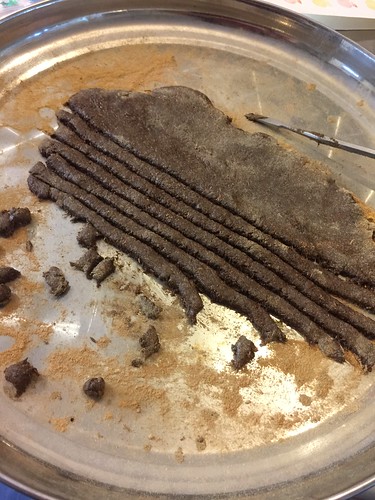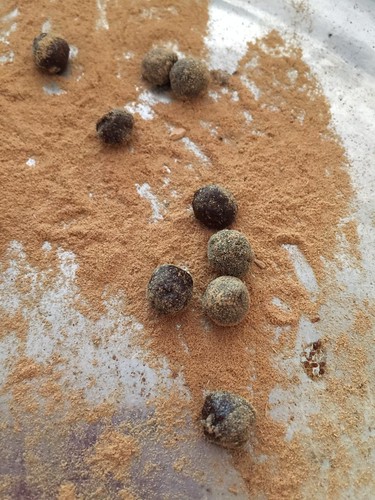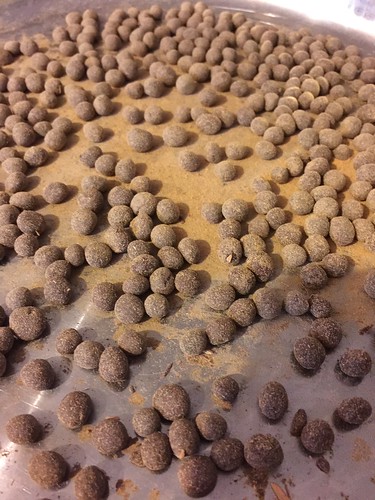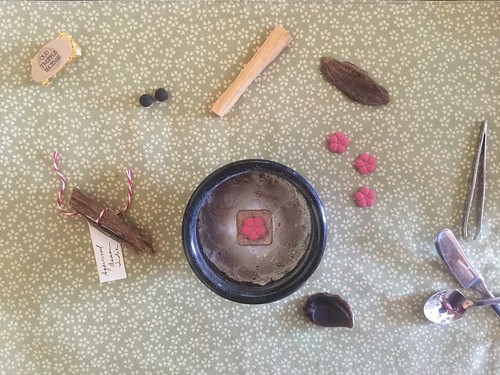Neriko Collection

Nerikoh is a traditional Japanese kneaded incense that is hardly known in the West. Neriko is unique in its aroma and method of burning. The aroma develops because of its intensive and laborious process that is required for its creation: Precious woods, herbs and spices are finely ground and bound together with honey and dried fruit, then rolled into tiny balls. Probably this method was first used to compound edible and less foul-tasting medicines, before capsules were invented. But the most lengthy part of the process is the aging of nerikoh: they are left to ferment underground in a clay vessel for several months or even years.
Nerikoh incense is not meant to be burnt, but rather warmed in traditional Koh-Doh cup, or for more convieneinct and accessible technique - place on top of an electric incense heater or aromatherapy lamp/diffuser. You'll only need a tiny pinch of each ball to scent a room for hours on end, releasing gentle yet enveloping and exotic aroma.
In Japan, Nerikoh is most typically burnt during the tea ceremony because they are a refined and smoke-free form of incense and beautifully complement this occasion. The scents are generally most suitable for fall, when their warm, spicy and honeyed aroma.
I am thrilled to share with you the following kneaded incense creations. I've been playing with shaping my nerikoh into seasonally-appropriate shapes such as leaves, sakura and seashells, but this process takes f o r e v e r - so keep in mind most of them are rolled into balls the traditional way.
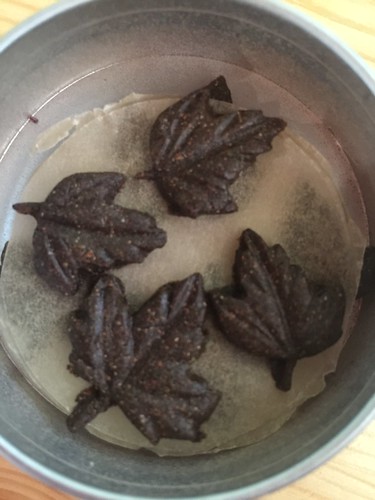
Autumn Leaves Nerikoh
Precious woods, spices and moss in a base of organic, uncultured apricots and wild honey.
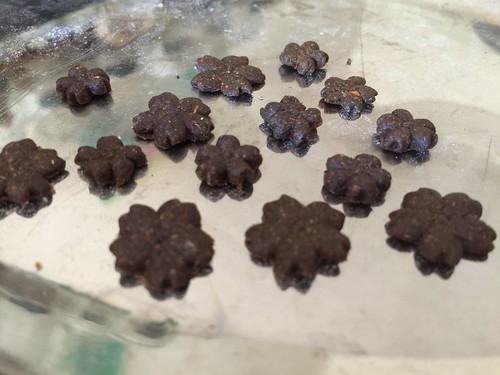
Hanami Nerikoh
Delicate woods, iris, botanical musks and precious woods kneaded together with honey and apricots produce a unique floral-almond aroma that evoke the season of sakura and ume (Japanese plum) blossoms.

Oasis Nerikoh
Exotic Ras El Hanout spices and precious resins blneded with dates and wild summer honey to evoke the era of the spice caravans camping in a desert oasis.

Dragonfly (Summer) Nerikoh
Classical Japanese scent evoking the ephemeral moment of a blue dragonfly touching the water in a temple's garden pond on a hot summer day. Borneol camphor creates the feel of shimmering light on the dragonfly's wings and the calm water.

Saturn Nerikoh
Sophisticated planetary incense that is deep with dark myrrh resin, cedar, cypress, patchouli, cassia, vetiver, agarwood and a touch of honey to balance its heaviness.
Burn on Saturdays, or when you require grounding, material wealth, support as well as discipline to achieve your goals.


